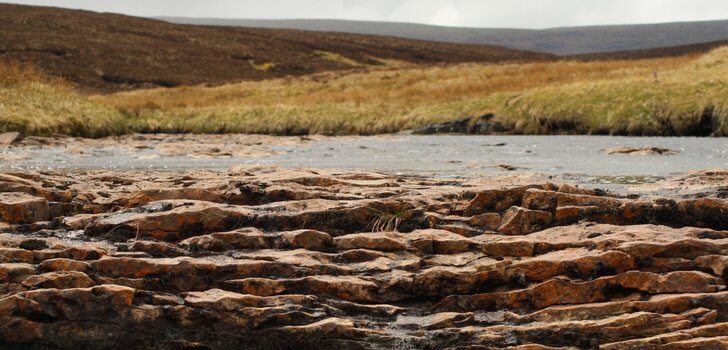New research shows that by the end of this century, droughts in Europe will likely be occur more frequently and be more intense due to climate change and increased water use.
The prediction from researchers at the European Commission’s Joint Research Centre (JRC) and the University of Kassel in Germany, appear today in Hydrology and Earth System Sciences, an open access journal of the European Geosciences Union (EGU).
“Our research shows that many river basins, especially in southern parts of Europe, are likely to become more prone to periods of reduced water supply due to climate change,” says Giovanni Forzieri, a researcher in climate risk management at the JRC and lead author of the study. “An increasing demand for water, following a growing population and intensive use of water for irrigation and industry, will result in even stronger reductions in river flow levels.”
Drought is a major natural disaster that can have considerable impacts on society, the environment and the economy. In Europe alone, the cost of drought over the past three decades has amounted to over 100 billion euros. In this study, the researchers wanted to find out if and where in Europe increasing temperatures and intensive water consumption could make future droughts more severe and long-lasting.
To do this, they analysed climate and hydrological models under different scenarios. “Scenarios are narratives of possible evolutions – up to 2100 in this study – of our society that we use to quantify future greenhouse gas emissions and water consumption by different sectors,” explains Luc Feyen, a hydrologist at JRC and co-author of the paper. “Climate and water-use models then translate the greenhouse gas concentrations and water requirement into future climate and water consumption projections.”
The scientists then used these projected conditions to drive a hydrological model that mimics the distribution and flow of water on Earth. By running this model until 2100 for all river basins in Europe, they could evaluate how drought conditions may change in magnitude and severity over the 21st century.
The research shows that southern parts of Europe will be the most affected. Stream and river minimum flow levels may be lowered by up to 40% and periods of water deficiency may increase up to 80% due to climate change alone in the Iberian Peninsula, south of France, Italy and the Balkans.
Higher temperatures not only result in more water being evaporated from soils, trees and bodies of water, but will also lead to more frequent and prolonged dry spells, reducing water supply and worsening droughts. The emission scenario used in the study predicts that average global temperature will increase by up to 3.4°C by 2100, relative to the period 1961–1990. But the authors warn that the warming projected for Europe, particularly its southern regions, is even stronger. “Over the Iberian Peninsula, for example, summer mean temperature is projected to increase by up to 5°C by the end of this century,” says Feyen.
In addition to climate warming, intensive water use will further aggravate drought conditions by 10-30% in southern Europe, as well as in the west and centre of the continent, and in some parts of the UK.
“The results of this study emphasise the urgency of sustainable water resource management that is able to adapt to these potential changes in the hydrological system to minimise the negative socio-economic and environmental impacts,” Forzieri concludes.



